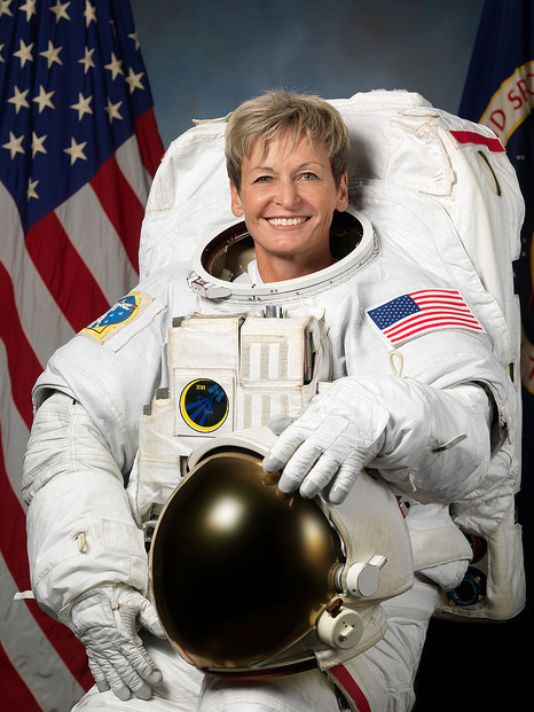
In 1982, it enlisted eight major aerospace contractors to draft up concepts for stations that would ultimately inform the agency’s final design. It was only after the other member states agreed to let France lead the development of the Ariane rocket that it signed on to the US shuttle project.īy the time the space shuttle flew for the first time in 1981, NASA was itching to put it to use building a space station. It preferred Europe stand up its own spacefaring capabilities, and building Spacelab would mean it wouldn’t have enough money to invest in ambitious European space projects. France was particularly resistant to the idea of building Spacelab. It wasn’t what Europe wanted to build, but it eventually agreed to the proposal - and only after some hard negotiations. Instead, NASA tasked Europe with building Spacelab, a laboratory module that could fit inside the shuttle’s payload bay. The agency wasn’t thrilled about having to rely on other countries for a critical shuttle component, especially since the spacecraft would sometimes fly sensitive national security missions. There were three main options: Europe could build a tug that took payloads from the shuttle and put them in their proper orbit it could build certain components of the shuttle, like the bay doors or it could build a laboratory module that would fly in the shuttle bay.Įurope eventually decided it wanted to contribute a tug, but NASA wasn’t having it. When NASA first invited the European countries to collaborate on the shuttle, they spent years - and tens of millions of dollars - figuring out the best way to contribute. The shuttle was an American spacecraft that would primarily serve US interests.This, understandably, led to some tension on the project, particularly between the US and Europe. But despite the international enthusiasm for the project, NASA didn’t intend for all countries to be equal participants. NASA initially invited Canada, Europe, and Japan to participate, though Japan would deliberate too long and ultimately lose the opportunity. This tension between prioritizing American interests and fostering internationalism could already be seen in the early days of the shuttle program. The US realized that fostering international collaboration in space was the most effective way to maintain American dominance in the final frontier - and on Earth. But after Armstrong took that small step, there was a major shift in the official policy of the space program. Putting a man on the moon was first and foremost about demonstrating American superiority vis-a-vis the Soviet Union. This was a major departure from the Apollo program, which was notable for its deeply nationalistic motivation.

NASA stood up its shuttle program in the early 1970s and from the start, it was designed to have international contributors. If NASA wanted an orbital outpost, it was going to have to build a reusable spacecraft. However, it soon became clear that the cost of using expendable rockets to boost people and supplies to orbit would dwarf the cost of building the station itself. The original plan was to put a 100-person station called Space Base in low Earth orbit. But it wasn’t until it had boot prints on the moon that the idea was really taken seriously. NASA had wanted a space station ever since it started sending people to space in the late 50s. Even so, the station is more than a technical marvel it is a triumph of diplomacy and an unprecedented experiment in the use of science and technology as instruments of soft power. The geopolitical tensions of the last century are baked into the very architecture of the station, which is arguably best described as two stations - one Russian, one American - that are attached at the hip.

The ISS was shaped by the politics of the Cold War, and the difficult decisions made by statesmen, soldiers, and NASA officials, when there were still astronauts bouncing around on the moon. The station is a paragon of space-age cosmopolitanism, but this enduring international cooperation was hard-won. Over the past two decades, 240 people from 19 countries have stayed in the world’s premiere orbital laboratory. The moment began a permanent human presence in space. On November 2, 2000, astronaut Bill Shepherd and cosmonauts Yuri Gidzenko and Sergei Krikalev arrived at the International Space Station. This article was originally published on Supercluster, a website dedicated to telling humanity's greatest outer space stories.


 0 kommentar(er)
0 kommentar(er)
